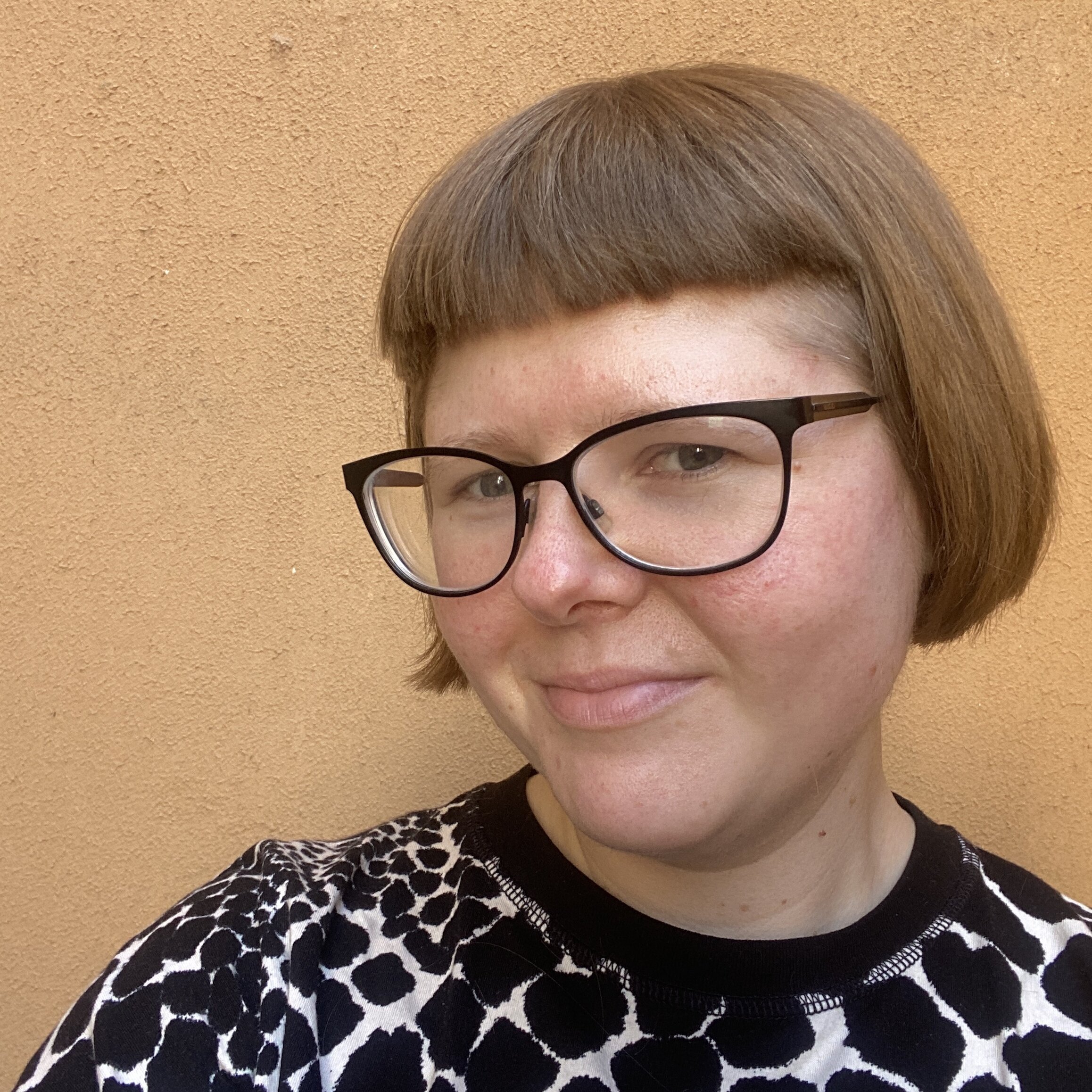I am the most dangerous woman in the world
Selma Selman, born in 1991, grew up as a child from a Roma family in a Bosnian village. Today, she is one of the most renowned performance artists in the international art scene. Her multimedia installations can be seen at the Gropius Bau in Berlin until 14 January 2024.
Ms. Selman, you come from an environment where girls are married off at an early age and often not even allowed to go to school. How did you end up becoming an artist despite this?
I grew up in a place where you're already lucky if you feel safe and are allowed to learn. But I always wanted something to become of me. In elementary school, I wanted to be a journalist. I always had big ideas and was determined to leave one day to make it. So I did.
How is your background from a Roma family perceived - are you often pigeonholed?
My Roma identity plays a big role in my art. But at the same time, it is not everything. Yes, I am a Roma, but I am also an artist. I am also a woman. I have many identities. That's why I sometimes use quantum physics to explain that identity is something which can become everything, not just one specific thing. I believe that I have now managed to be considered an artist and not just Roma.
Sometimes you refer to yourself as "the most dangerous woman in the world". What is so dangerous about you? Who should be afraid of you?
Everyone should be afraid of me. Considering where I come from, the things I do and how loud I am sometimes, I am a danger to society. But there's another story behind the label. I once met an artist who told me, "Gypsies are very dangerous in Russia." I couldn't believe it! Wow, we are in the 21st century and still a danger to society.
You like to quote your mother, who was not allowed to attend school and was married off at 13, as saying, "Don't be like me." How did the men of your community react when you actually followed that advice?
I had to fight for a long time to gain the respect of the men. In such a patriarchal community, it is almost impossible for a woman to pursue her own goals. But when I went to the U.S. and was successful as an artist, something began to change. I was able to support my family financially and since then my father and brother have been willing to stand by me. We've been working together for two years now. And I feel like the man in the family; everyone listens to me.
One example of this collaboration is the "Mercedes Matrix" performance. What is it about?
There I am dismantling a Mercedes together with my father, my brother and a neighbour from the village. The men earn their money at home by dismantling cars and selling the individual parts. One level of the performance is to turn this barely respected work into something worth exhibiting.
How do you experience the acceptance of this spectacle?
The pop culture level is well received, of course, because we are costumed like the characters from the movie "The Matrix". A lot of women love the performance because they feel like, "I want to smash something, too." It's a powerful moment.
Not only do you smash cars, but you also paint on scrap metal instead of canvas or cardboard. Why?
In the beginning, I painted on canvas, but stopped years ago because canvases were always too white for me. I was afraid of destroying them and felt that what I painted had to be perfect. Also, canvases were too expensive for me at the time. When my father brought me some flat pieces of metal, I tried painting them with oil. The effect was amazing. I love these found objects which would otherwise have ended up in the trash.
You are not only an artist, but also an activist. What do you advocate for?
I support the Roma girls from my village with the "Get the Heck to School" project, which I started in 2017. With the sale of my art, I finance scholarships for the girls so they can attend school. In the past six years, almost all of them have graduated from elementary school and moved on to secondary school. Before that, it was only one in five.
You obviously want to make a social difference with your art, but can it really do that? Only a few people visit museums.
When I had my first solo exhibition in Bosnia in 2021, we thought about strategies: how can we involve many people? How can we invite an audience which is not just artists, academics or politicians? So we went to the village and personally invited people and explained to them what would be on display. And, indeed, they were interested because my work has to do with the people themselves. Within three months, we had 20,000 visitors to the gallery. Yes, it is quite possible to reach people and attract them to art.
INTERNATIONAL TOUR EXHIBITIONS OF IFA - INSTITUTE FOR FOREIGN RELATIONS
Selma Selman advocates for collective emancipation of oppressed women in her artistic work. Two of her video works will be featured in ifa's touring exhibition EVROVIZION. CROSSING STORIES AND SPACES. The ifa touring exhibitions promote encounters and togetherness to enable a diversity of voices in art and culture.



